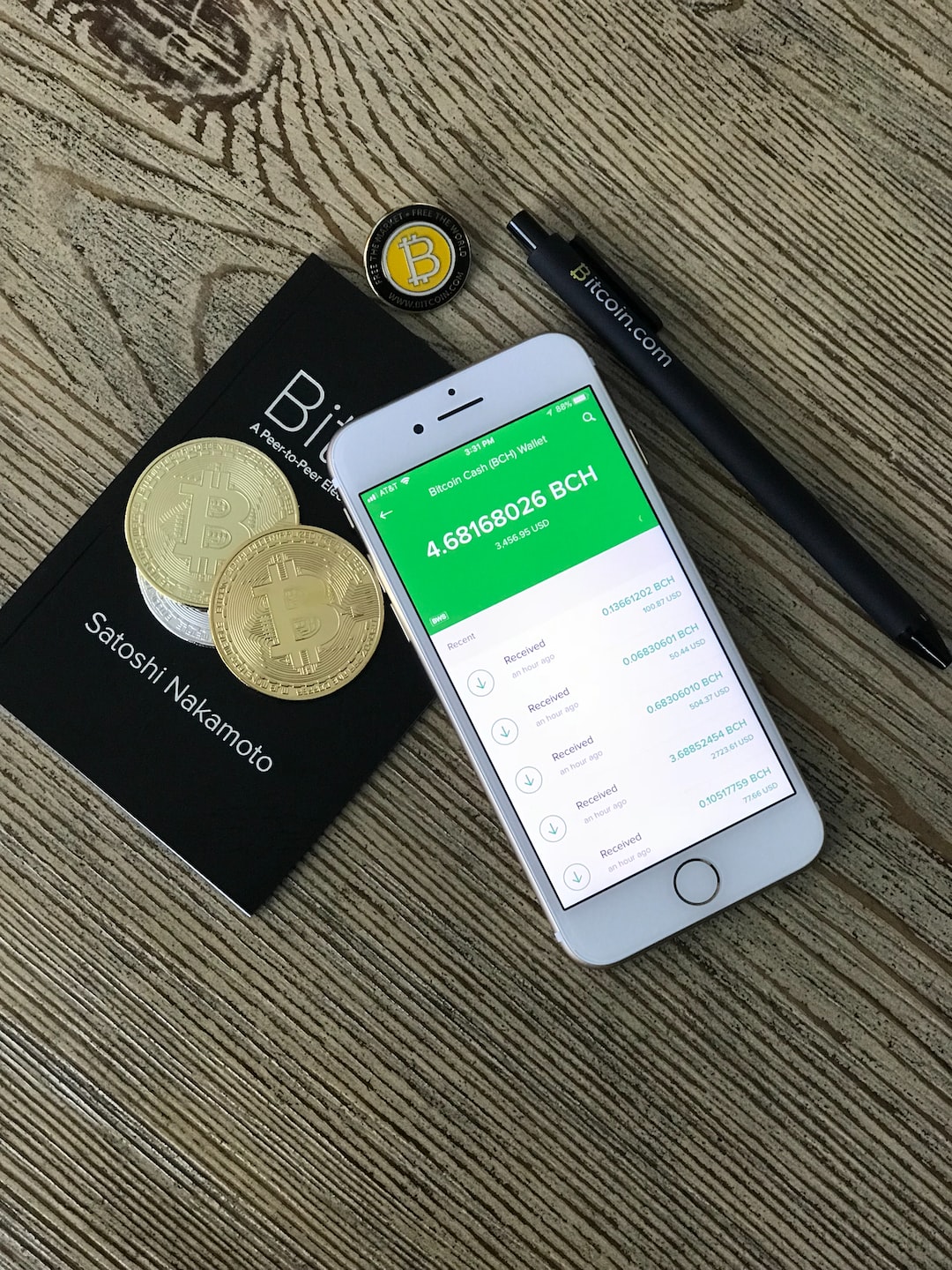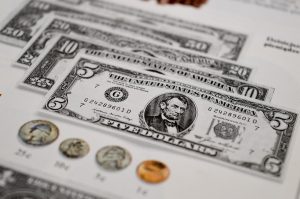Forex charts are an essential tool for any trader who wants to succeed in the forex market. They provide a visual representation of currency pairs’ price movements over time, which can help traders identify trends, patterns, and potential trading opportunities. However, learning how to use forex charts can be overwhelming, especially for beginners. In this article, we will explain the basics of forex charts, the different types of charts, and how to analyze them.
What are Forex Charts?
Forex charts are graphical representations of currency pairs’ price movements over time. They show the opening and closing prices, the high and low prices, and the volume of trades for a particular currency pair. Forex charts are a fundamental tool used by traders to analyze price movements and identify trends, patterns, and potential trading opportunities.
Types of Forex Charts
There are three primary types of forex charts: line charts, bar charts, and candlestick charts.
Line Charts
Line charts are the simplest type of forex chart. They show the closing prices of a currency pair over a specific period, usually days, weeks, or months. Line charts are easy to read and provide a quick overview of a currency pair’s price movements. However, they don’t provide much detail about the highs, lows, and opening prices.
Bar Charts
Bar charts provide more information than line charts. They show the opening, closing, high, and low prices of a currency pair over a specific period. Each bar represents a particular time frame, and the length of the bar represents the range between the opening and closing prices. The top of the bar represents the highest price, and the bottom represents the lowest price. Bar charts provide traders with more information about price movements and can help identify trends and patterns.
Candlestick Charts
Candlestick charts are the most popular type of forex chart. They provide the same information as bar charts, but in a more visually appealing way. Each candlestick represents a particular time frame, and the body of the candlestick represents the range between the opening and closing prices. The top and bottom of the candlestick represent the high and low prices. Candlestick charts use different colors and patterns to represent bullish and bearish movements, making it easier for traders to identify trends and potential trading opportunities.
How to Analyze Forex Charts
Analyzing forex charts requires understanding the different types of charts and the information they provide. Traders need to identify trends, patterns, support and resistance levels, and potential trading opportunities.
Trends
Trends refer to the general direction of a currency pair’s price movements. Trends can be either bullish or bearish. A bullish trend means that prices are increasing over time, while a bearish trend means that prices are decreasing over time. Traders can identify trends by looking at the highs and lows of the chart. An uptrend is characterized by higher highs and higher lows, while a downtrend is characterized by lower highs and lower lows.
Patterns
Patterns are repetitive price movements that traders can use to predict future price movements. There are two types of patterns: reversal patterns and continuation patterns. Reversal patterns occur when a trend is about to change direction. Continuation patterns occur when a trend is about to continue in the same direction.
Support and Resistance Levels
Support and resistance levels are price levels where traders expect the price to either bounce back or break through. Support levels are price levels where traders expect the price to bounce back after a decline. Resistance levels are price levels where traders expect the price to break through and continue to rise.
Trading Opportunities
Traders can identify trading opportunities by analyzing forex charts. Trading opportunities can arise from trends, patterns, and support and resistance levels. Traders can use technical analysis to identify potential trading opportunities and make informed decisions about when to enter and exit a trade.
Conclusion
Learning how to use forex charts is essential for any trader who wants to succeed in the forex market. Forex charts provide a visual representation of currency pairs’ price movements over time, which can help traders identify trends, patterns, and potential trading opportunities. Traders need to understand the different types of charts, how to analyze them, and how to identify trends, patterns, support and resistance levels, and potential trading opportunities. With practice and experience, traders can use forex charts to make informed decisions and achieve success in the forex market.





